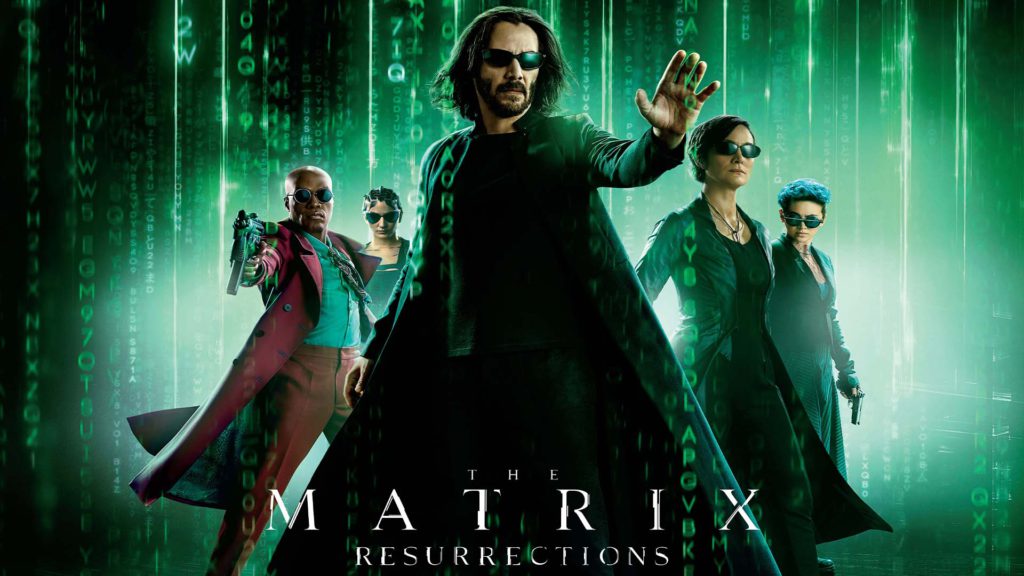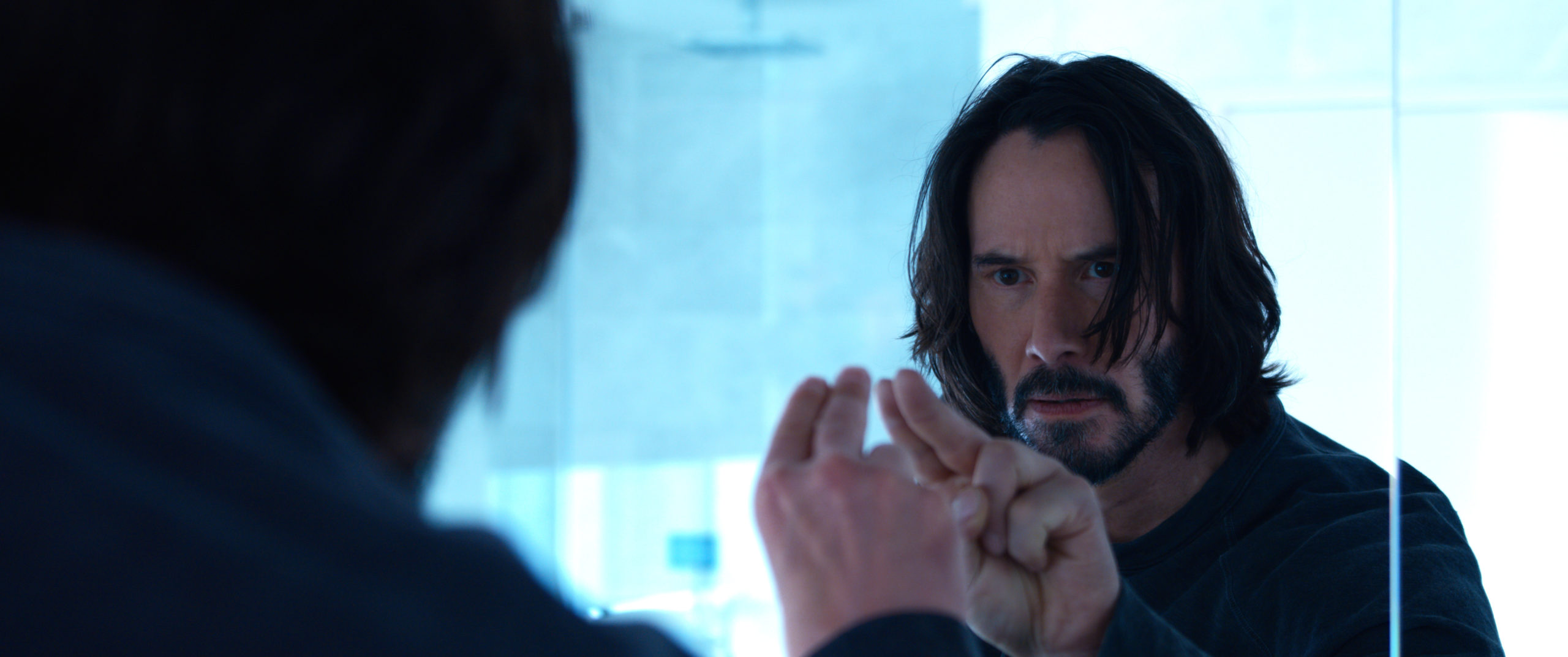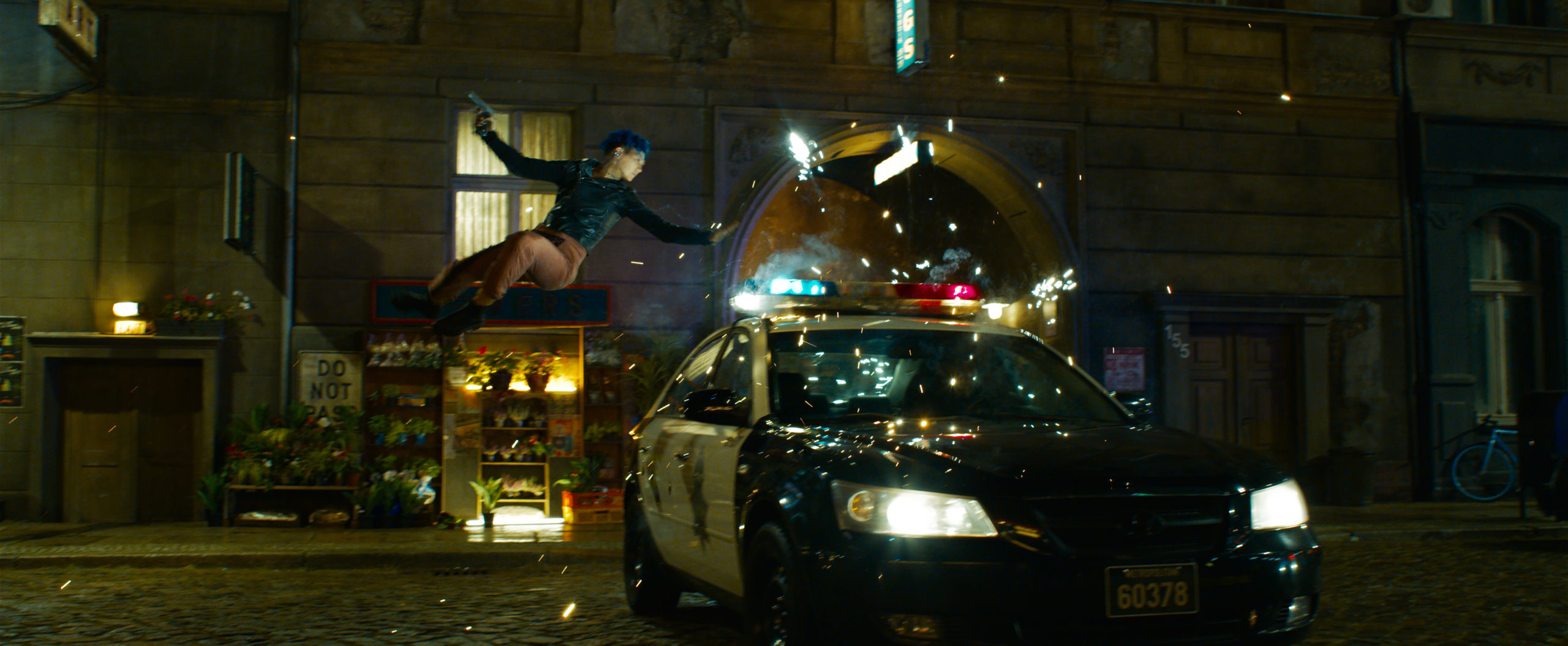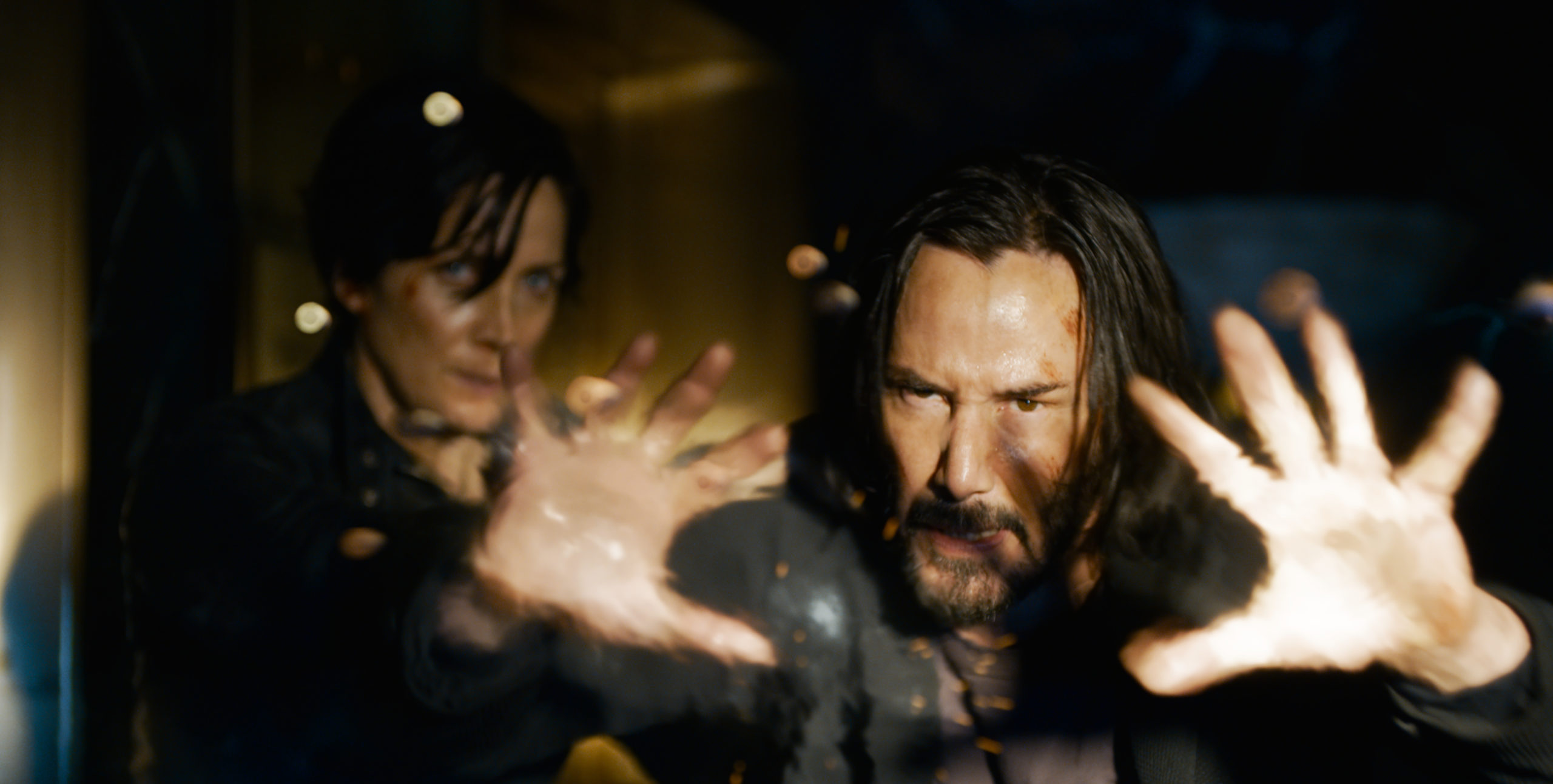
It has always fascinated me to see how a movie can captivate and reshape the mindset of the viewers and how they see the world. Way back in 1999, The Matrix achieve just that with its idea that we are all just living in a computer simulation. The impact it has made on the movie industry and influence in pop culture has never been the same, and after two sequels wrapped everything up 18 years ago, everyone thought that we had closed that chapter of our lives. Until now.
Thanks to Warner Brothers and Universal Pictures, once again we get to dive back into the Universe with the Matrix Resurrections. To give this review enough context, certain aspects of the film will be discussed that could be considered as spoiler territory, but no major points will be revealed.
The cult following behind Keanu Reeves has been steadily growing over the past 20 years and he would arguably be at the height of his career right now. I am thrilled that he has returned to reprise his role of Thomas Anderson, better known as Neo, alongside Carrie-Anne Moss who steps back into the boots of Trinity. A host of new characters have been introduced with Yahya Abul-Mateen II and Jonathan Groff taking over two crucial parts of returning character roles, each with their own interpretation. Jessica Henwick is the bridge between the past and present as Bugs, with Neil Patrick Harris being thrown in the mix with quite the versatile role.

The burning question for this new film is how this fits into the universe and why has this eventuated after the fairly solid wrap-up in The Matrix Revolutions. At the start of the film, our younger crew have infiltrated the latest iteration of the Matrix to find a younger version of Trinity and Morpheus seemingly stuck in a repeating loop.
It gets off to a strong start with gunplay, tight-nit fighting choreography, and wild acrobatics that defy the realms of reality with dark and broken-down buildings as their playground, all synonymous with the franchise. As if to kick start the endorphins and nostalgic pleasures, their confrontations traverse through several locations that are faithfully recreated and will feed the fan service early on.
The dark and leather-clad opening is a stark comparison to how we are introduced to Neo, or namely Thomas Anderson. In a way to flip the script, he is portrayed as a game developer in a fancy high rise, with memory flashes of ‘The Game Awards’ praising him for his work on the Matrix games he “created” many years ago.
Everything we know of the first three films is being played off to him, with direct footage from the films, as if it was all made up and it reinvited the “What is real?” argument that kick-started everything. He seemed to be continually struggling with his reality, and with some borderline fourth-wall-breaking story exposition he is tasked with creating the Matrix 4.

This was where some of the film’s artistic intent really got a chance to shine with visual representation matching the audio cues for a surreal experience. As the characters around him pulled him back and forth in comical fashion with outlandish ideas backed to some hauntingly beautiful soundtracks. Neo’s resolve deteriorated before him and when anything was mentioned to suppress his standoffish demeanour, a blue hue or costume design would frame the conversation. Hell, the therapist who helped him assimilate back into a controlled state with the illusion of choice had a pair of dominating blue-framed glasses.
There were a few lifelines instigating a hint of rebellion that came from characters dressed in red attire or lighting covering them. It was a theme that continued throughout the film that was a clever way to subconsciously unsettle the viewer or allude to a greater narrative.
The entire narrative, for that matter, maintained a steady pace through the ups and downs of the film, being able to shake it up when things were beginning to drag or become stagnant. At its core, this film blurred the lines between a soft reboot and a spiritual successor as the general flow of the movie mimicked the original 1999 release a little too closely.
At times it did feel like they were playing it a little too safe, but there is the overarching lore of the franchise that this story is a recurring event and the Matrix has been reset 7 times already, with a new “The One” emerging each time, so in a way, it does follow the natural order of expected events.

Fluctuating between the ‘Real World’ and the Matrix showcased the different tone shifts in the environment, and our knowledge of the Machines was expanded upon at the same time. The hive-like manner of the Machine City never looked better with breathtaking visuals both in pure scope and design.
Special credit should be given to the visual effects team for the painstaking work it would have been to bring the “programs’ to life with the ability to form a “body” in the real world. Thousands of particles rain down and mimic the shape of a person so the AI can leave the Matrix, if only for the viewer to be able to bond further with the character. The CGI work in general never faulted and how they blend actors into exaggerated movements and crumbling set designs made this the best-looking Matrix film to date.
With so much at stake in revisiting a beloved franchise, The Matrix Resurrections has managed to deliver a substantial entry that can stand on its own two feet as a solid all-around movie. Whether they have done enough for the film to offer its own contribution to the universe will be a talking point on how well they told the story against was it worth telling. I personally feel like this is just the beginning, with the ending leaving a springboard of opportunities if they wish to continue. I was itching to jump back in once I left to see what a follow-up viewing would reveal and I am excited to see a new generation experience the Matrix.

The Good
- Blue and Red undertones frame the dialogue in clever ways
- Returning and newer cast meshed well with little turbulence
- Top notch work on visual effects, world design and artistic intent
- Practical fight choreography blended well with visual effects
- Flow and pacing of the film alternate for a balanced experience
The Bad
- Overall story played it a little to safe, mimicking the original movie
- Shoot out scenes are flashy but have the accuracy of a storm trooper at times








